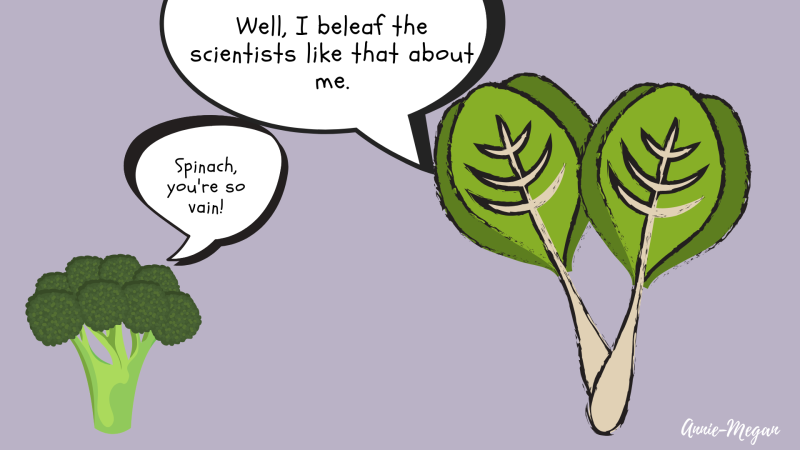
Astronomer Carl Sagan once said, “Somewhere, something incredible is waiting to be known.” Little did we know that this “something”, for the field of tissue engineering, would be a little spinach leaf!
Tissue engineering has reached new frontiers with technologies like 3D printing where large-scale human tissues can be created. However, growing the delicate blood vessels in the newly-created tissues, which are necessary for their survival, is a challenge. Often, a failure in the formation of a functional vascular system can result in tissue death. And, here is where the structure of the spinach leaf comes into play.
Leaves have a defining trait of xylem and phloem vessels that deliver water and nutrients to its cells. What if we could use this complex structure of the veins and replace the water and nutrients with our blood? Scientists in the USA seem to have done precisely that! They have used the veins of the leaves, made of a biocompatible material called cellulose, and have replicated the blood flow in it. The network of these tiny veins is bathed into live human cells, and the tissue grows on this. After testing with fluids and microbeads, the cells are slowly transformed into a functional 'mini' heart!
This innovation can revolutionise the long-standing problem of repairing damaged organs by replacing them with functional and healthy tissues. Scientists now believe that various parts of different plants can be used in improving the functions of our cells without complications. Who knows, there might be a day when your broken bone could be fixed using the wood from an oak tree!





